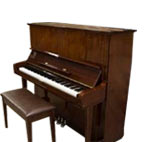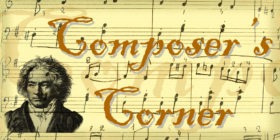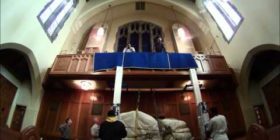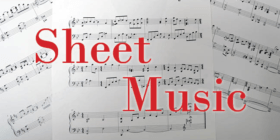Graduation season is just around the corner. With that in mind, we hope you enjoy this article about the history of the Graduation song. We also thought we would share this great video of a piano quintet performing “Pomp and Circumstance.” Enjoy!
The Story of Pomp and Circumstance
The music of Elgar’s Pomp and Circumstance is a staple of American graduation ceremonies. From its permiere the march received acclaim and admiration. It was only a matter of time before the music of Pomp and Circumstance became one of the world’s most recognizable melodies.
The name Edward Elgar is not usually mentioned among the great classical composers , in fact you may never have even heard of him, but his most famous work, Pomp and Circumstance, is one that all of America marches to each spring. Pomp and Circumstance has become the defacto standard for processional music at high school and collegiate graduation ceremonies throughout the country. Chances are that each of you as well as your children and grandchildren have (or will) march down the aisle on graduation day to the strains of this famous work. The Pomp and Circumstance Marches were first performed in 1901 in Liverpool, England with Elgar himself conducting.
The World Debut of Pomp and Circumstance:
The reaction to Elgar’s marches, and especially the first one (Pomp and Circumstance), was immediate and profound. During one performance in London the marches, under the baton of conductor Henry Wood, the crowd simply refused to allow the concert to continue until the ensemble had performed the march three complete times. The enthusiasm for the piece continued in America a few years later, albeit for a slightly different reason that set the piece on the road to becoming an American graduation standard.
The Evolution of Pomp and Circumstance and Its Place In Ceremony:
In 1905 Elgar received an honorary Doctorate from Yale University. At the close of the ceremony Elgar’s Pomp and Circumstance was performed as the recessional music. In the coming months Pomp was played at numerous ivy league and other prominent colleges as a part of their graduation ceremonies as well. From there the popularity of the work led to it becoming the expected march to be played at such occasions. In fact, outside of graduation ceremonies you will almost never hear it in American schools or professional performances.
The Popularity of Elgar’s Music Continues to This Day:
Back in England, however, Pomp and Circumstance is not known as a graduation piece. In 1902 Elgar arranged Pomp and Circumstance to fit with the words of another of Elgar’s pieces, the Coronation Ode. This arrangement was primarily done for financial reasons at the behest of Elgar’s publishers, and in the process the strains of the newly vocalized version of Pomp and Circumstance No. 1 is now almost a substitute national anthem for the country. Regardless of what side of the pond you are from, Elgar’s Pomp and Circumstance is one of the truly great concert marches of all time.









